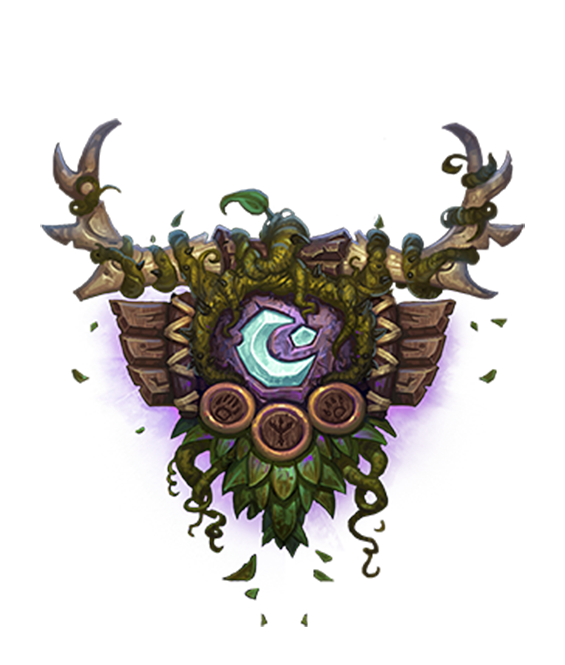BEM Naming Convention
Notice! *These posts are basically my learning notes.*
There can misinformation and mistakes :(
If you find any wrong info, please leave a comment and I will get to it asap!
Not only for HTML & CSS, but for any kind of coding, naming your components is probably the hardest thing to do
In order to make this easier to do and also to easily work with other people, there are conventions that are widely accepted
BEM
Block Element Modifier
- Among many conventions, BEM is probably the most widely used convention when it comes to naming classes in HTML & CSS
- It divides the user interface into several blocks thus making it easy to keep track of your code
Block
- Blocks are standalone entitiy that is meaningful on its own
- examples
header,list,menu, etc
Element
- Elements are part of a block that can’t exist alone and are semantically tied to a block
- examples
headertitle,list item,menu item, etc
Modifier
- A flag on a block or an element to modify appearance or behavior
- examples
disabled,fixed,color yellow, etc
Naming Rules
Block
- Block names may consist of Latin letters, digits, and dashes
- HTML
<div class="block">...</div>
- CSS
.block { color: tomato; }
Element
- Element names may consist of Latin letters, digits, dashes and underscores
- CSS class is formed as block name plus two underscores plus element name:
.block__elem - HTML
<div class="block">
...
<span class="block__elem"></span>
</div>
- CSS
.block\_\_elem { color: teal; }
Modifier
- Modifier names may consist of Latin letters, digits, dashes and underscores
- CSS class is formed as block’s or element’s name plus two dashes:
.block--modor.block__elem--modand.block--color-blackwith.block--color-red - Spaces in complicated modifiers are replaced by dash
- HTML
<div class="block block—mod">
...
<div>
<div class="block block—size-big block—shadow-yes">...</div>
</div>
</div>
- CSS
.block—mod {
}
.block—mod .block__elem {
}

Leave a comment